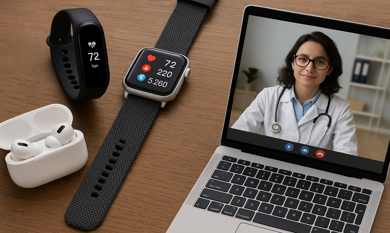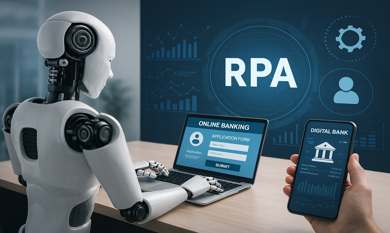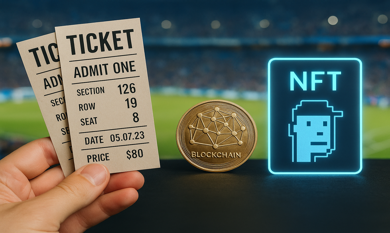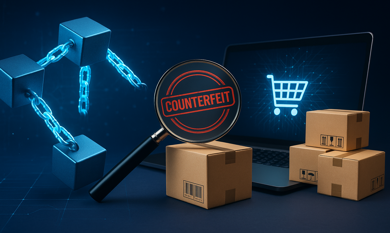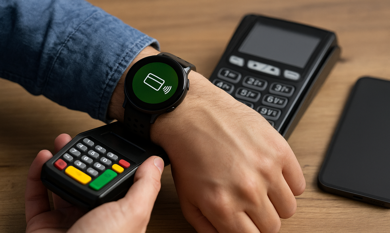Technology has come a long way from simply tracking fitness goals. Today, wearable devices have entered the world of finance, healthcare, and daily commerce, offering faster, safer, and more personalized user experiences. The integration of wearable fintech apps is changing how users make payments, monitor expenses, and access digital services on the go.
Wearables have evolved from accessories to essential financial tools, enabling users to manage money directly from their wrists. From smart payment wearables to contactless transaction solutions, innovation in the wearable fintech space is setting new standards for convenience and security.
The Rise of Smart Payment Wearables
The financial industry has always been quick to embrace innovation, and wearables are no exception. Devices like smartwatches, fitness bands, and even smart rings now support contactless payment systems through technologies like NFC (Near Field Communication) and tokenization.
Apple Pay and Google Wallet allow users to make payments directly through their watches or phones, creating a wearable payment system that eliminates the need for cash or cards. These systems provide users with a faster and more secure checkout experience.
In regions like Dallas, where digital adoption is growing rapidly, fintech firms are leveraging cross platform app development services Dallas to ensure seamless integration of wearables across multiple devices and operating systems.
Smart Watches and Financial Inclusion
Wearables are no longer just luxury gadgets. They have become tools of empowerment, especially in developing financial ecosystems. With a smartwatch, users can perform tasks like checking account balances, paying bills, or transferring funds in just a few taps.
This has led to wearable payment innovation that goes beyond urban convenience. Financial institutions are designing wearable solutions for unbanked and underbanked populations, enabling secure microtransactions and easy digital onboarding.
A great example is Mastercard’s partnership with Fitbit Pay and Garmin Pay, which allows users to link accounts and perform contactless fintech device transactions without needing a smartphone. This approach improves accessibility and enhances digital inclusion globally.
Fitness Meets Finance: The New Era of Lifestyle Banking
The convergence of health and finance is reshaping user engagement. Fitness trackers that once focused solely on heart rate and steps are now expanding into the financial domain. This new category of fitness-to-finance wearables combines health insights with financial incentives, such as cashback rewards for meeting activity goals or discounts on health insurance.
Imagine receiving a health-based insurance premium reduction directly linked to your fitness achievements or a gamified saving plan integrated with your daily physical activity. These innovations illustrate how wearables are merging two essential parts of life: health and wealth.
A digital healthcare solution provider Dallas can collaborate with fintech innovators to create holistic platforms where users can monitor both wellness and financial goals from one wearable interface.
Contactless Payments and the Future of Security
Security remains a top concern in digital finance. With wearables, fintech companies are taking a proactive approach to safeguard transactions. Tokenization and biometric verification, such as fingerprint or facial recognition, ensure that sensitive user data remains secure.
These smart transaction tracking systems are revolutionizing how consumers view financial transparency. Real-time alerts, fraud detection algorithms, and encrypted transactions are now built directly into wearable platforms.
Garmin Pay’s tokenized transactions ensure that even if a device is lost or stolen, no sensitive data can be accessed. Similarly, Samsung’s Knox Security technology encrypts every transaction, making wearable payments safer than ever.
The growing trust in contactless transaction solutions is paving the way for greater adoption across retail, banking, and healthcare sectors.
How Businesses Benefit from Wearable Fintech Apps
For businesses, the shift to wearable fintech solutions opens doors to new opportunities. Offering convenience and real-time engagement through wearables builds stronger brand loyalty and enhances customer retention.
Companies can also use behavioral data from wearables to understand spending habits and deliver personalized offers. Reduced payment friction improves customer satisfaction and boosts sales conversions, while built-in biometric verification minimizes fraud risks.
The potential for cross-industry growth is enormous. Wearables are not limited to fintech but are expanding into e-commerce, healthcare, and hospitality sectors. Startups and enterprises are rapidly adopting wearable fintech apps to stay competitive and relevant in the digital economy.
The Road Ahead: From Smart Payments to Smart Living
As wearable technology continues to evolve, the boundary between digital payments, health monitoring, and lifestyle management is becoming increasingly blurred. Imagine a world where your smartwatch reminds you to hydrate, monitors your fitness, tracks your expenses, and pays for your morning coffee — all through a single, secure interface.
This vision is no longer futuristic. With the integration of Rapid prototyping platforms, Startup-friendly app builders, and Visual programming tools, businesses can now create Agile development without coding to bring wearable fintech innovations to market faster.
These advancements are further supported by Drag-and-drop app solutions, enabling quicker development cycles and reducing dependency on traditional coding.
Why Fintech Startups Should Invest in Wearables
For fintech startups, wearable technology represents the next competitive edge. It not only simplifies user interactions but also strengthens customer trust through enhanced personalization and real-time engagement.
Wearable devices generate valuable analytics that can be used to improve financial recommendations, detect fraud patterns, and offer tailored promotions. Startups adopting wearable payment systems can tap into a rapidly expanding market that values both convenience and security.
The global wearable payments market is expected to grow exponentially in the coming years, driven by advancements in connectivity, AI, and data analytics. Businesses that integrate wearable technology today will lead the next wave of fintech innovation tomorrow.
Conclusion
The fusion of wearables and fintech is transforming how consumers interact with financial systems. From smart payment wearables to fitness-to-finance wearables, these innovations are creating seamless experiences for users and new opportunities for businesses.
As a trusted wearable app development company Dallas, Theta Technolabs helps businesses create powerful, secure, and user-friendly wearable fintech solutions. With expertise in Web, Mobile and Cloud development, the team empowers startups and enterprises to build smarter financial ecosystems that align with user needs and market trends.
For inquiries or to begin your wearable fintech journey, contact sales@thetatechnolabs.com today.
Revolutionize your fintech solution with wearable technology!
Connect with Theta Technolabs today to explore how Web, Mobile, and Cloud innovations can transform your digital payment ecosystem.
FAQs
1. How are wearables changing the fintech industry?
Wearables are enhancing convenience and security in financial transactions by enabling contactless payments, real-time expense tracking, and biometric verification. They’re redefining how users manage money and interact with financial platforms.
2. Are wearable payment systems secure?
Yes. Most wearable payment systems use advanced encryption, tokenization, and biometric authentication. This makes transactions highly secure, even if the device is lost or stolen.
3. Can small fintech startups develop wearable fintech apps?
Absolutely. Startups can use low-code and cross-platform tools to build scalable wearable fintech apps efficiently. Partnering with experts like Theta Technolabs helps streamline development and ensure market readiness.
4. How do wearables integrate with banking systems?
Wearables connect to existing mobile banking or digital wallet apps through APIs. This allows users to make payments, receive transaction alerts, and access account details directly from their devices.
5. What is the future of wearables in fintech?
The future lies in greater integration of AI, IoT, and blockchain within wearable ecosystems. Expect smarter, faster, and more personalized financial interactions that blend seamlessly into everyday life.






















_Choosing%20the%20Right%20App%20Development%20Company_%20A%20Comprehensive%20Guide_Q1_24.jpg)
_Chatbots%20for%20Event%20Management%20and%20Hospitality%20Services_Q1_24.jpg)
_Best%20iOS%20App%20Development%20Company_%20Enhancing%20User%20Engagement%20with%20Push%20Notifications_Q2_24.jpg)
_Key%20Trends%20in%20Healthcare%20Software%20Development%20for%20the%20Future_Q2_24.jpg)
_How%20much%20does%20it%20cost%20to%20create%20an%20android%20app%20in%202024%20for%20Startups_%20A%20detailed%20guide_Q2_24.jpg)
_Integrating%20Chatbots%20Into%20Your%20Application.jpg)


_Enhancing%20Driver%20Safety%20and%20Compliance%20with%20Web%20Apps%20in%20the%20Logistics%20Sector_Q3_24.jpg)
_Web%20Apps%20for%20Retail%20and%20eCommerce_%20Streamlining%20Operations%20and%20Reducing%20Costs_Q3_24.jpg)
_How%20AI%20is%20Enhancing%20Construction%20Site%20Surveillance%20and%20Security%20in%20Dallas_Q3_24-1.jpg)
_The%20Impact%20of%20Cross-Platform%20Apps%20on%20Real%20Estate%20Market%20Trends%20in%20Dallas_Q3_24-1.jpg)
_Streamlining%20Appointment%20Scheduling%20with%20Cloud%20Computing%20in%20Dallas%20Healthcare_Q4_25.jpg)
_How%20Cloud%20Solutions%20Are%20Enhancing%20Remote%20Patient%20Monitoring%20in%20Healthcare_Q4_25.jpg)































.png)





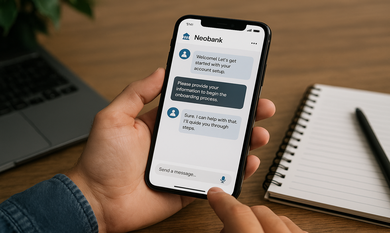
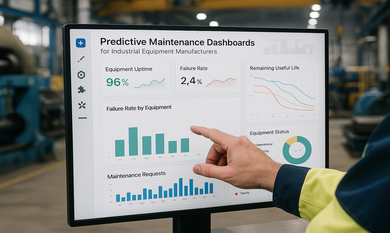
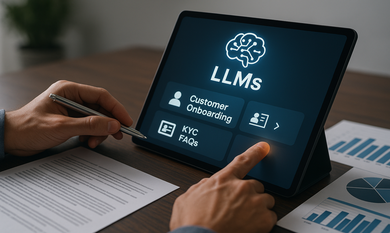

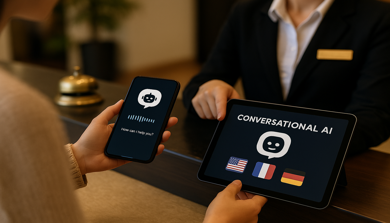


.png)

.png)
.png)
.png)
.png)


.png)
.png)
.png)

.png)
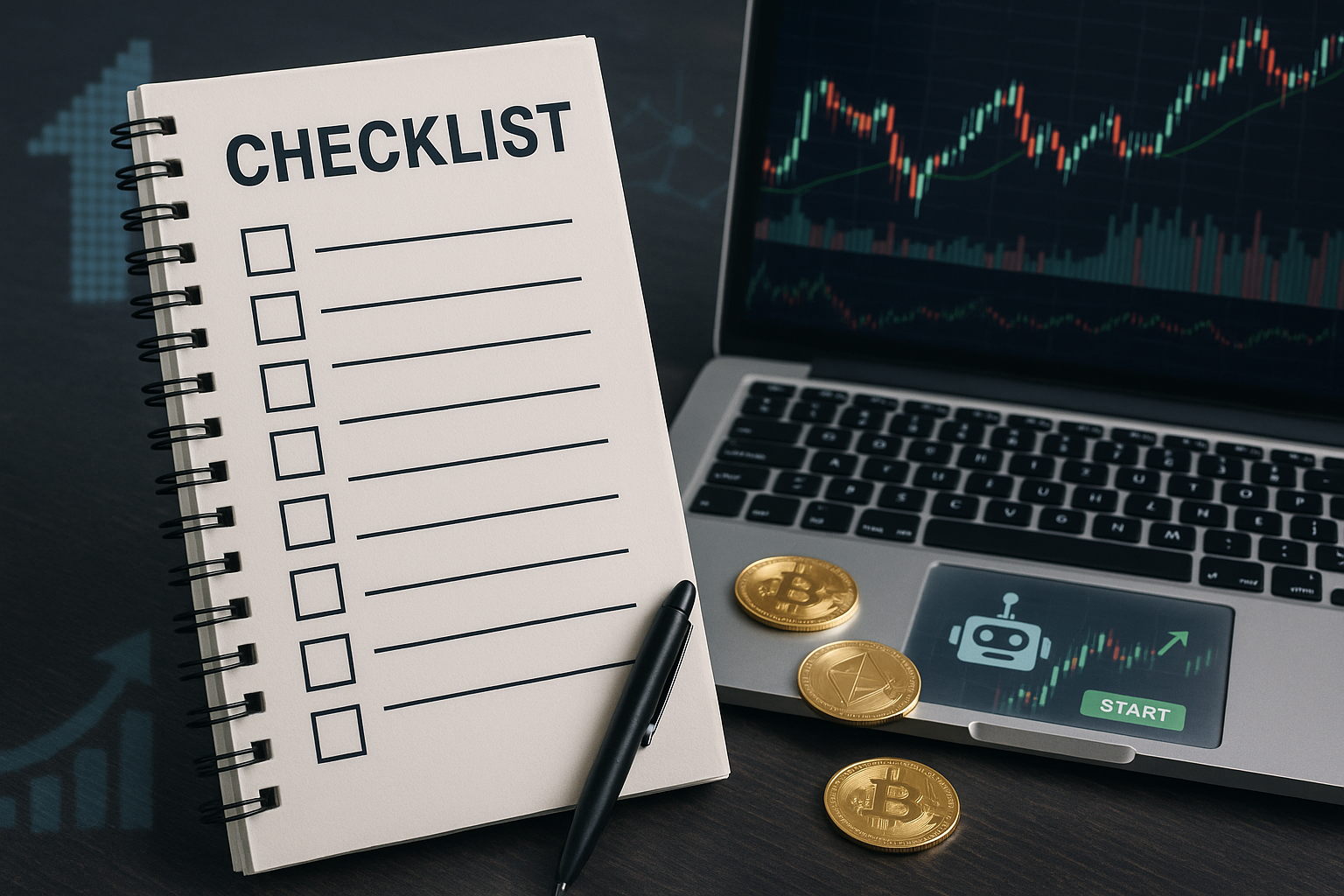





.png)
.png)

